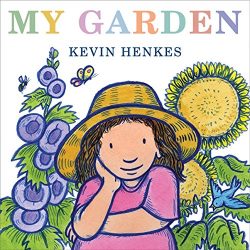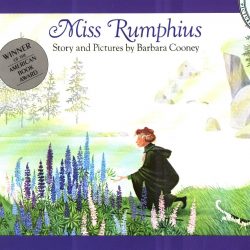Family Activities: The Garden Parasol (Quick Tip)
Family Activity for The Garden Parasol
By Courtney Klemens, Manager of Family Programs, and Emily Perreault, PreK Programs Educator
Create

A painted garden. Paint a lush garden full of flowers! Use crayons or oil pastels to draw your favorite flowers on a large piece of paper. You can create different flowers from simple shapes:
- Rose: a tight spiral
- Tulip: a U with a zigzag line (or lines) at the top
- Hydrangea: cluster of small circles
- Anemone: wobbly circle with a dark dot in the center, with connecting lines
Next, add leaves around the outside of the flowers. When your drawing is complete, use watercolor paints to carefully add color to the petals of your flowers. Then, paint with shades of green around your flowers to finish your garden scene.
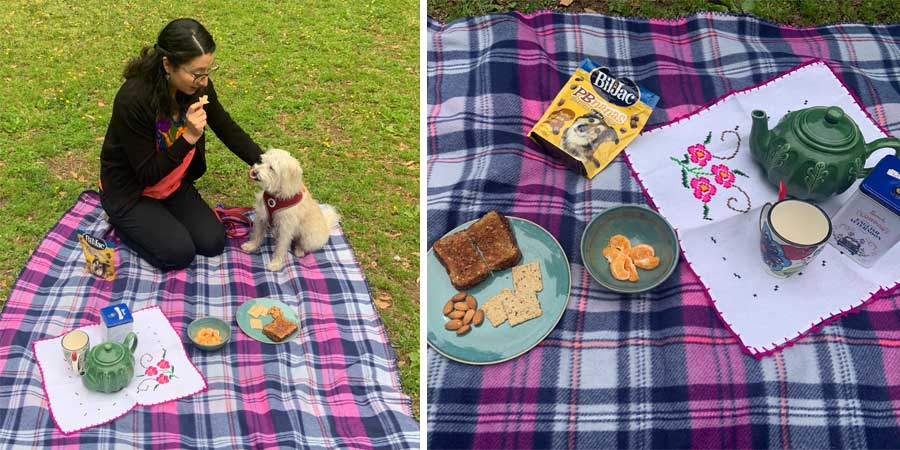
Plein air picnic. When the weather is nice, plan an artful meal outside, inspired by the elegant tea service the women in The Garden Parasol enjoy. Consider not only what items you’ll need to make your picnic special—a blanket? a fancy plate or cup? fruits and vegetables?—but how you’ll arrange them. You can even dress up in an outfit perfect for a peaceful afternoon in Frieseke’s garden in Giverny! Before you enjoy your meal, pose with your picnic arrangement and take a photograph so you can capture the scene you’ve set.

Impressionist insects. What insects do you think you could find in the Friesekes’ garden? Create an imaginative insect by first observing bugs up close, or looking at pictures of insects online. To make your insect, draw and then cut the parts of your insect from cardboard scraps: the thorax and head (assembly is easier if these two parts are combined into one body piece), then any wings, legs, eyes, or antennae. Give the parts some color by drawing or painting textural details onto the cardboard using small, overlapping marks. To finish, glue the parts on both the top and the underside of the body layer to give your insect some dimension.
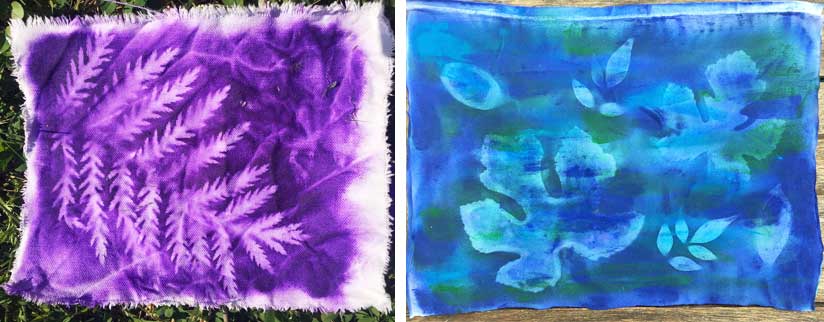
Sun-printed fabric. Frieseke was captivated by the sunshine and how it revealed details of the natural world. You can use sunlight to create impressions of leaves, berries, sticks, and more on fabric. Find a swatch of 100% cotton fabric you can paint on; it could be an old T-shirt. Wet the fabric until it’s saturated, and then lay it out on a flat surface where you can paint and let it dry in direct sunlight. Using watered-down acrylic paints and a paintbrush, cover the fabric with colors from The Garden Parasol. Then, lay flowers or leaves on top of the painted fabric. Press them into the surface so they lay as flat as possible. Let the fabric dry in the sun for several hours, and then peel the natural materials away to reveal their silhouettes.
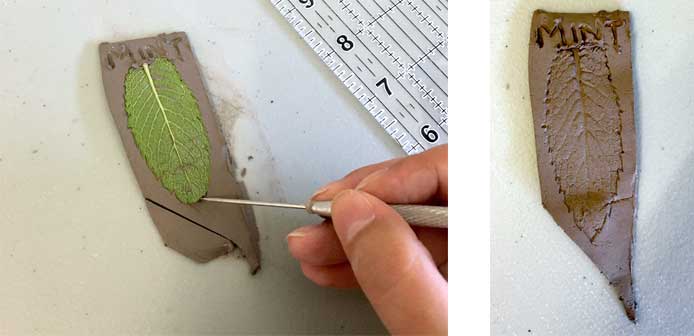
Clay garden markers. While we can’t identify every flower in The Garden Parasol, you can use air-dry clay to create labels for the plants, fruits, veggies, or herbs that you find in your garden or around your home. Start with a ping-pong-ball-sized blob of clay, and roll it out with a rolling pin until it is ½-inch thick. Use a knife and ruler to cut the flattened clay into long rectangles. Then, cut one end of each rectangle so it narrows to a point, like an arrow (this is the end that will be placed into the dirt). Use stamps, small leaves and twigs, or a writing utensil to carve or press text and images into the clay so you can identify your plants. Let air-dry clay cure for 24 hours, and then label away!
Listen
Listen to this Rebel Girls podcast to learn about the life of Wangari Maathai, the founder of the Green Belt movement, who planted trees across Kenya and was the first African woman to win the Nobel Peace Prize. If they could have met, what do you think she and Frieseke might have talked about?
Read
Read these books together to celebrate the beauty of our natural world so lovingly painted by Frieseke.
- Up in the Garden and Down in the Dirt by Kate Messner, illustrated by Christopher Silas Neal. A little girl tends to a garden with her Nana, observing the birds and bugs that make the garden beds their homes. This book celebrates the natural world and its rhythms. Enjoy a read-aloud video of this book with the author here.
- My Garden written and illustrated by Kevin Henkes. What would you plant in your very own garden? The narrator in this book imagines a garden with a jellybean bush, chocolate bunnies, and strawberries that glow like lanterns at night. She believes anything is possible in her garden!
- The Earth Book written and illustrated by Todd Parr. This book is full of simple ways we can care for the earth. What if you used both sides of your paper? What if you turned off your faucet while brushing your teeth? Read along with the author by watching this video.
- Miss Rumphius written and illustrated by Barbara Cooney. Miss Rumphius is determined to make the world beautiful and gets an idea from her own garden. This idea grows into a magnificent surprise for her community.


